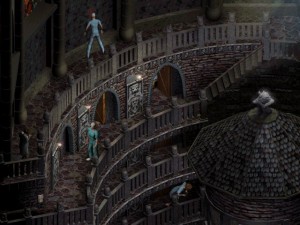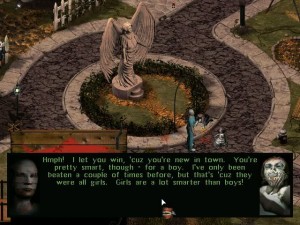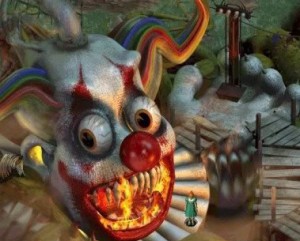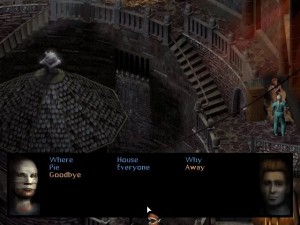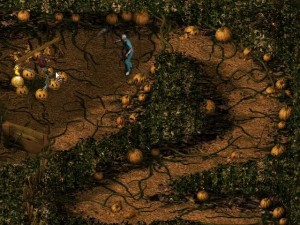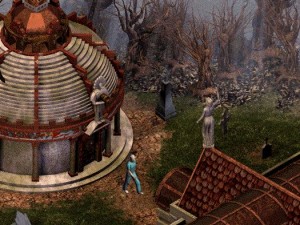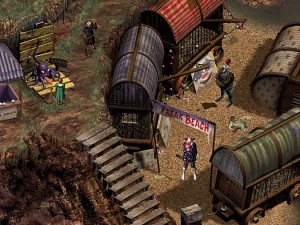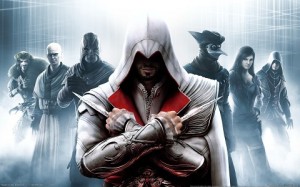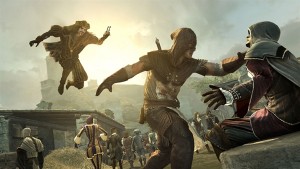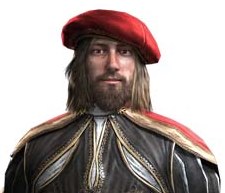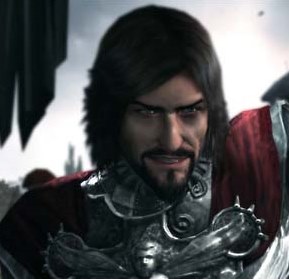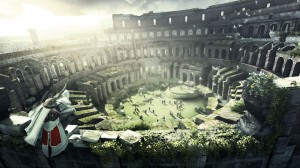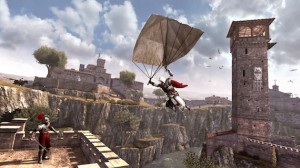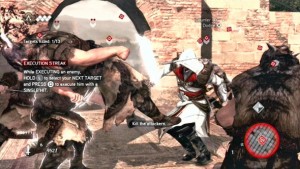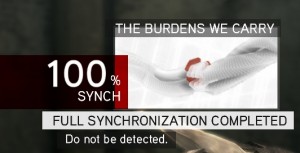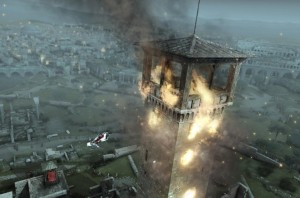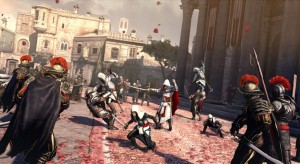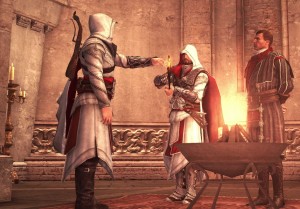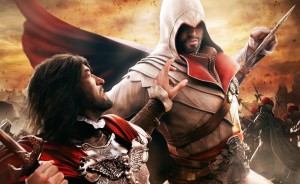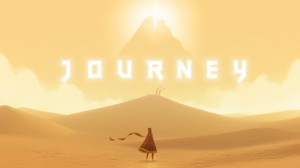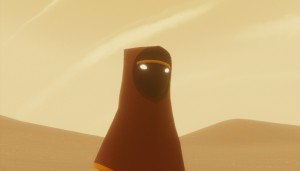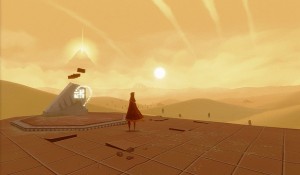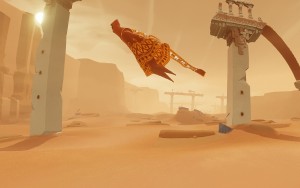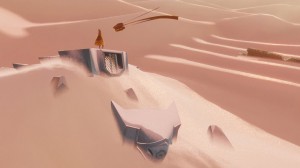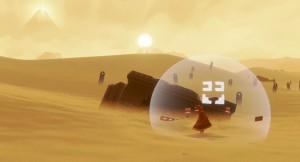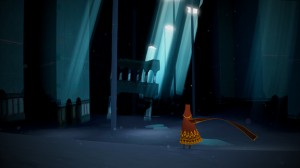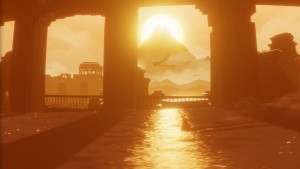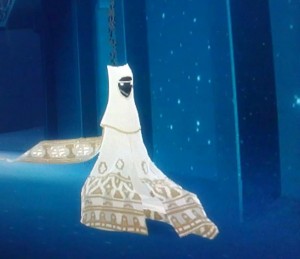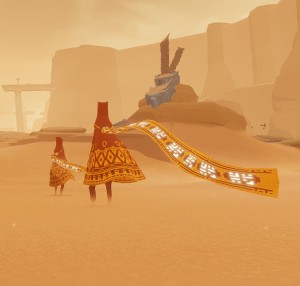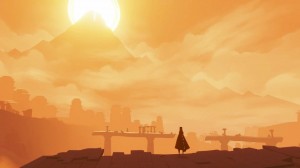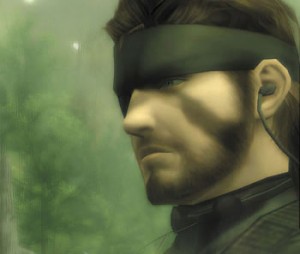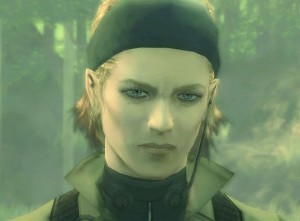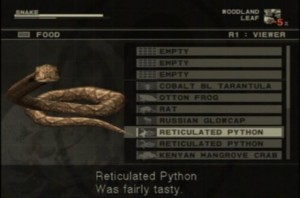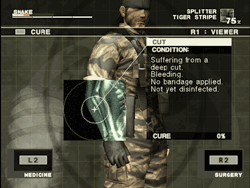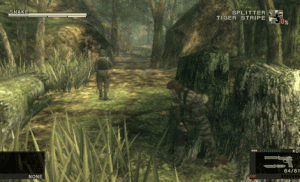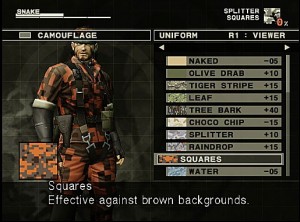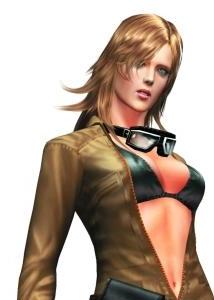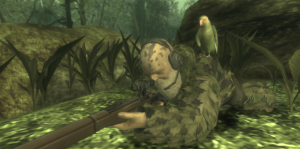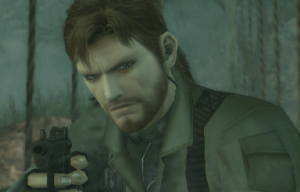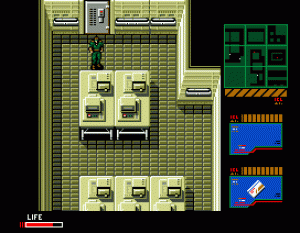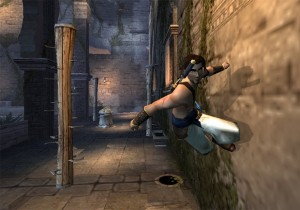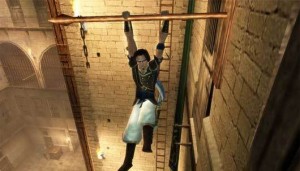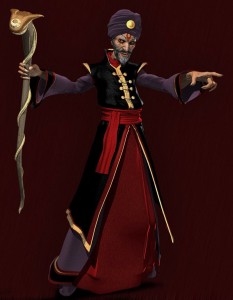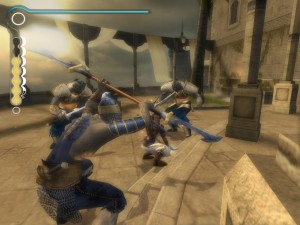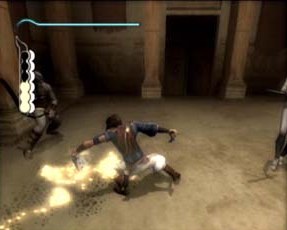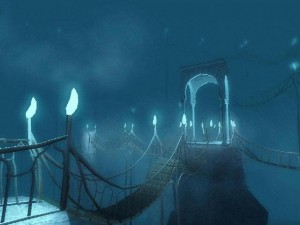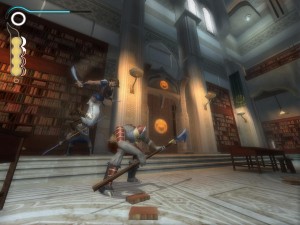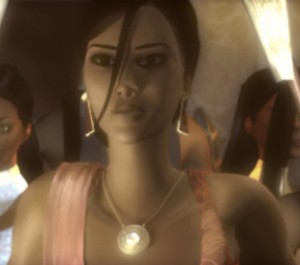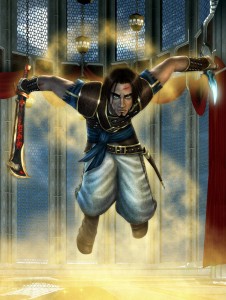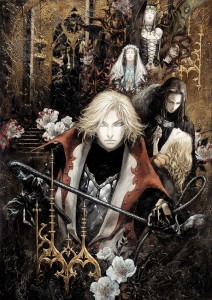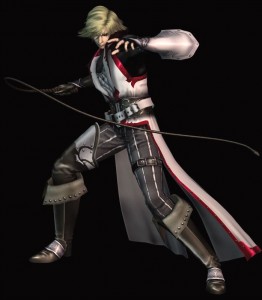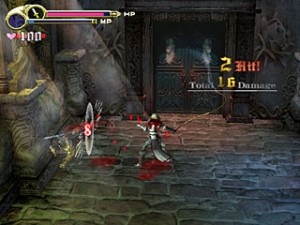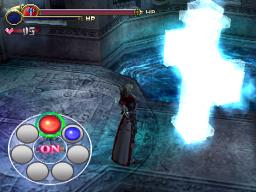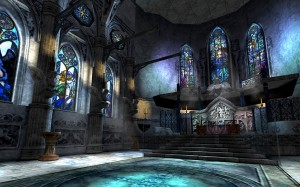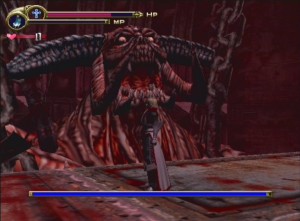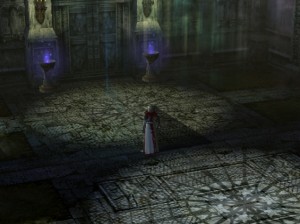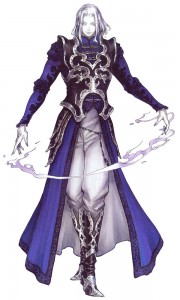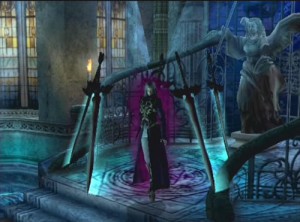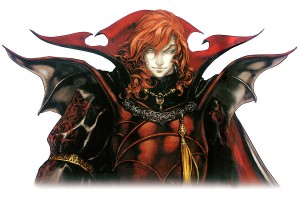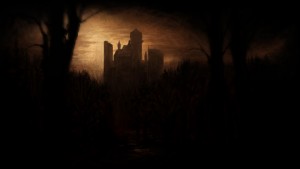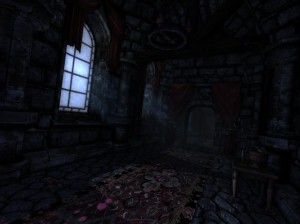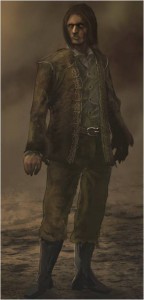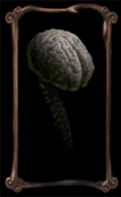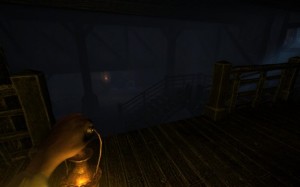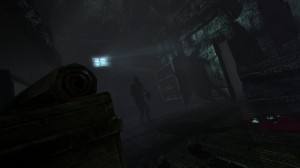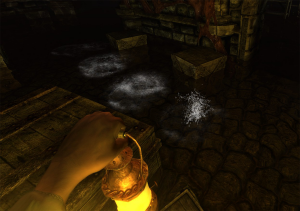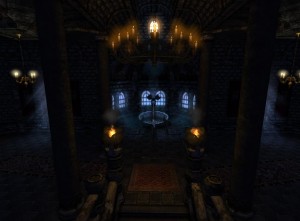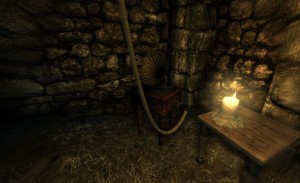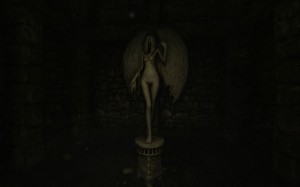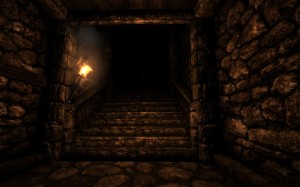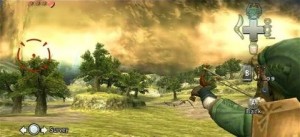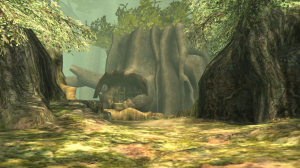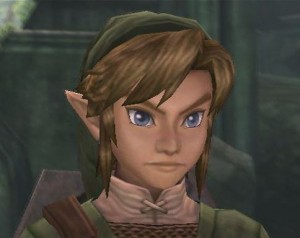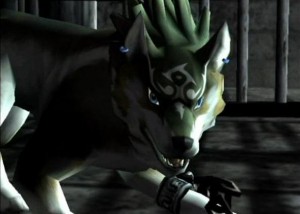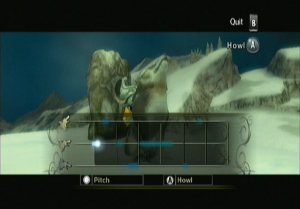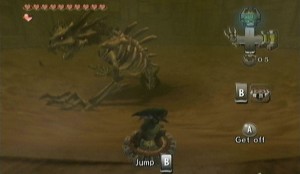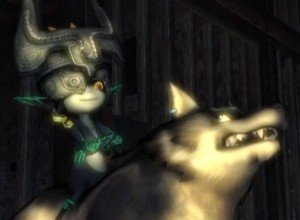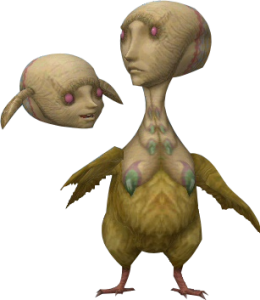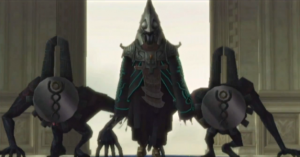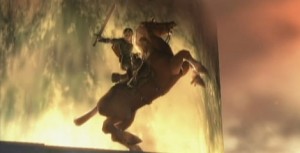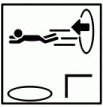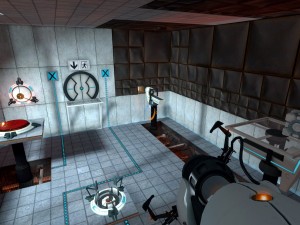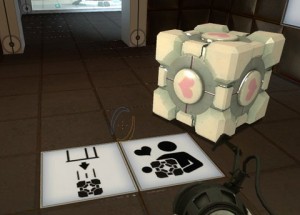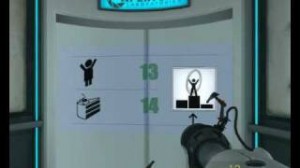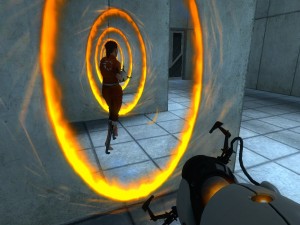The culprit: The Legend of Zelda (Nintendo Entertainment System, GameBoy Advance, Gamecube, as part of The Legend of Zelda: Collector’s Edition, Wii and Nintendo 3DS via Virtual Console)
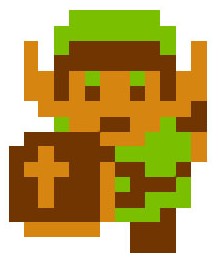 Have you ever wondered why The Legend of Zelda series was named after Zelda? It’s not that I mind a female character getting recognition, but let’s face it: Zelda’s role in the series is secondary at best, and there are some games where she doesn’t appear at all. In fact, all things considered, it should really be The Legend of Link.
Have you ever wondered why The Legend of Zelda series was named after Zelda? It’s not that I mind a female character getting recognition, but let’s face it: Zelda’s role in the series is secondary at best, and there are some games where she doesn’t appear at all. In fact, all things considered, it should really be The Legend of Link.
You’d think that the first game in a series would provide a good reason for its name (c.f. Mass Effect, Baldur’s Gate, even Final Fantasy), even if later games have a more tenuous link to it. Not so with the original Legend of Zelda: the princess only appears at the very end. And since it’s 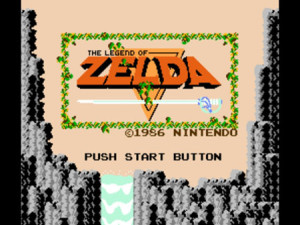 very easy to miss the in-game backstory, which only appears if you wait instead of pressing “start” on the introductory screen, you may very well get through 99% of the game not knowing who she is or even that she exists. And you won’t know that Link is called Link either. This has actually created some confusion among players (myself included), who used to think that Link’s name was Zelda for a while.
very easy to miss the in-game backstory, which only appears if you wait instead of pressing “start” on the introductory screen, you may very well get through 99% of the game not knowing who she is or even that she exists. And you won’t know that Link is called Link either. This has actually created some confusion among players (myself included), who used to think that Link’s name was Zelda for a while.
Not that the in-game backstory is all that informative, especially if you’re playing the original NES version of the game, in which case, you’ll be treated to a painfully garbled Engrish text which explains that the Prince of Darkness, Ozz-err…Ganon, wielder of the Triforce of Power, invaded Hyrule to steal the Triforce of Wisdom from Princess Zelda. She split it into eight fragments and hid them in eight dungeons, all the while instructing her handmaiden, Impa to find someone brave enough to fight against Ganon.
The game then asks you what you want to name your character (this is where you can name Link ‘Bob’ if you haven’t watched the intro and have never played a Zelda game before), and he 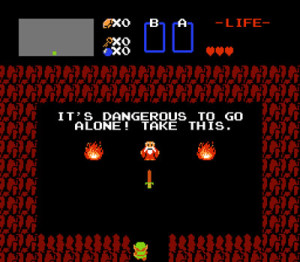 is then plonked down in the middle of a rocky clearing in overhead view (a trademark of early Zelda games). The only noteworthy landmark in the vicinity is a cave. Inside this cave, Link finds an old guy, who tells him that it’s dangerous to go alone and hands him a sword. Either the sword is a cousin of Lilarcor from Baldur’s Gate II, or the old guy needs to get out of his cave more.
is then plonked down in the middle of a rocky clearing in overhead view (a trademark of early Zelda games). The only noteworthy landmark in the vicinity is a cave. Inside this cave, Link finds an old guy, who tells him that it’s dangerous to go alone and hands him a sword. Either the sword is a cousin of Lilarcor from Baldur’s Gate II, or the old guy needs to get out of his cave more.
Nowadays, games often receive criticism for excessive hand-holding. Here, you’ve got entirely the reverse problem: the game omits to give you any sort of pointers as to where to go. I guess the idea was to let the player adventure at will and figure things out on their own. Which, admittedly, is a laudable goal: after all, exploration and discovery 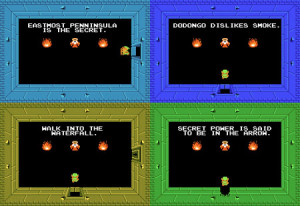 are what adventure is all about. Except that the desire to keep on exploring is based on finding clues and rewards, and if that is lacking, you run the risk of people simply losing interest. There are clues in this game, provided by a squad of identical old men. However, these clues are a) usually hidden in out-of-the-way rooms inside dungeons, and b) a tad on the cryptic side.
are what adventure is all about. Except that the desire to keep on exploring is based on finding clues and rewards, and if that is lacking, you run the risk of people simply losing interest. There are clues in this game, provided by a squad of identical old men. However, these clues are a) usually hidden in out-of-the-way rooms inside dungeons, and b) a tad on the cryptic side.
This is compounded by the fact that combat is pretty damn brutal, so aimlessly wandering around while looking for the entrance to a dungeon or a cave–which may or 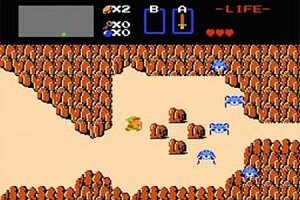 may not contain treasure or a shop–can quickly become an exercise in frustration, especially since enemies respawn whenever you leave a screen. In other words, you could randomly wander into one of the harder dungeons from the get-go, or spend five agonising, finger-nibbling minutes clearing a screen of tektites (those annoying bouncing insects) while trying not to get hit, then go to another screen, realize you’re going the wrong way, retrace your steps
may not contain treasure or a shop–can quickly become an exercise in frustration, especially since enemies respawn whenever you leave a screen. In other words, you could randomly wander into one of the harder dungeons from the get-go, or spend five agonising, finger-nibbling minutes clearing a screen of tektites (those annoying bouncing insects) while trying not to get hit, then go to another screen, realize you’re going the wrong way, retrace your steps 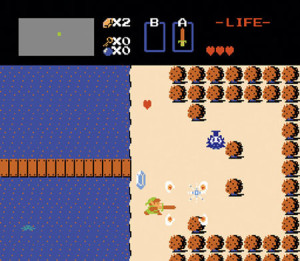 and have to face the same tektites again. Although you’d probably have the good sense to dash for the nearest exit this time around. That being said, slaughtering enemies is also a good source of money (or rupees, as they are called in this game), and considering just how stupidly expensive store-bought items are, this may be something you’ll find yourself forced to do sooner or later. And trust me, it’s not fun.
and have to face the same tektites again. Although you’d probably have the good sense to dash for the nearest exit this time around. That being said, slaughtering enemies is also a good source of money (or rupees, as they are called in this game), and considering just how stupidly expensive store-bought items are, this may be something you’ll find yourself forced to do sooner or later. And trust me, it’s not fun.
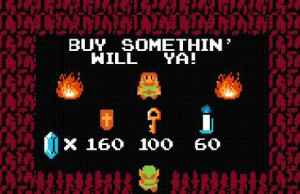 What’s more, not all stores have the same prices. So if you don’t know that beforehand, chances are you’ll find yourself cashing out for a bottle of potion…only to find the same potion being sold for much cheaper at another store a few screens away. And yet the game never tells you these things! It’s as if it were intentionally designed to penalize newcomers, which is completely mind-boggling to me. To add insult to injury, there are the archery mechanics. At one point in the game, Link acquires a bow. But the game apparently decided that arrows were too much of a hassle to implement. So, in exchange, each shot automatically subtracts the cost of an arrow from Link’s wallet. There’s no clearer metaphor for throwing your money away.
What’s more, not all stores have the same prices. So if you don’t know that beforehand, chances are you’ll find yourself cashing out for a bottle of potion…only to find the same potion being sold for much cheaper at another store a few screens away. And yet the game never tells you these things! It’s as if it were intentionally designed to penalize newcomers, which is completely mind-boggling to me. To add insult to injury, there are the archery mechanics. At one point in the game, Link acquires a bow. But the game apparently decided that arrows were too much of a hassle to implement. So, in exchange, each shot automatically subtracts the cost of an arrow from Link’s wallet. There’s no clearer metaphor for throwing your money away.
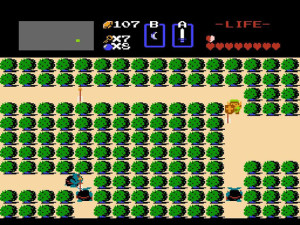 Combat difficulty is further increased by the fact that Link doesn’t handle very well, only being able to attack facing the four cardinal directions. What’s more, while he has a shield, he can only block projectiles (not melee hits) and only if they so happen to align with said shield. In other words, avoiding damage is a losing battle. The problem here is that, when Link’s life-meter–represented by a line of hearts at the top of the screen–is full, his sword gains the ability to shoot
Combat difficulty is further increased by the fact that Link doesn’t handle very well, only being able to attack facing the four cardinal directions. What’s more, while he has a shield, he can only block projectiles (not melee hits) and only if they so happen to align with said shield. In other words, avoiding damage is a losing battle. The problem here is that, when Link’s life-meter–represented by a line of hearts at the top of the screen–is full, his sword gains the ability to shoot lasers energy out of its blade, thus allowing him to attack enemies from a distance. This is extremely handy, but it also makes avoiding damage that much more crucial. And that much more frustrating when you can’t.
At this point, Zelda fans would probably say “come on, this is an old game, cut it some slack and look at its legacy!” Yes, this is an old game. And yes, oldschool games did have this tendency to be finger-numbingly difficult. But that didn’t prevent me from enjoying the first Super Mario Bros. That aside: it’s not because the game is par for the course with its contemporaries that it’s necessarily still enjoyable nowadays, even accounting for the innovations it helped introduce. The ability to save comes to mind: this was one of the first games to have this kind of feature. That’s great and all, but you  have to get Link killed to be able to do this. You’ll excuse me if I don’t jump for joy. What’s more, whenever Link gets killed, he loses all the consumables he acquired prior to that point. So, say you made the effort to collect rupees to buy some bombs and potions prior to entering a dungeon, but then Link got killed by the boss. When he respawns, he’ll lose all the items he bought…but won’t get his money back. And if only for this reason, I never even tried finishing this game on console. Back when I first got it on NES, it was too difficult, and when I purchased it as part of the Gamecube Zelda collection, I didn’t even try playing (especially after seeing what Zelda II was like…), but went straight for an emulator instead. I’d rather conserve my progress when I save, thank you very much.
have to get Link killed to be able to do this. You’ll excuse me if I don’t jump for joy. What’s more, whenever Link gets killed, he loses all the consumables he acquired prior to that point. So, say you made the effort to collect rupees to buy some bombs and potions prior to entering a dungeon, but then Link got killed by the boss. When he respawns, he’ll lose all the items he bought…but won’t get his money back. And if only for this reason, I never even tried finishing this game on console. Back when I first got it on NES, it was too difficult, and when I purchased it as part of the Gamecube Zelda collection, I didn’t even try playing (especially after seeing what Zelda II was like…), but went straight for an emulator instead. I’d rather conserve my progress when I save, thank you very much.
Objectively, this game does contain all the basics of a Zelda game. There’s a lad named Link, who must rescue Princess Zelda from the evil Ganondorf while collecting pieces of the Triforce. The gameplay and combat involve a variety of collectable objects, many of which have since become staples, 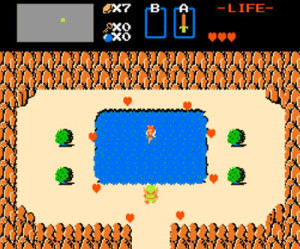 like the boomerang. Many iconic enemies and creatures–such as tektites, keese or fairies–pop up. Even the music will be reused in later titles. But that’s just it: everything is basic. And if you’ve played the later games in the series, chances are you’ll feel like something’s missing. If you haven’t played them…don’t bother with this, unless you like gaming archaeology or have a massive bout of nostalgia. The game hasn’t aged well.
like the boomerang. Many iconic enemies and creatures–such as tektites, keese or fairies–pop up. Even the music will be reused in later titles. But that’s just it: everything is basic. And if you’ve played the later games in the series, chances are you’ll feel like something’s missing. If you haven’t played them…don’t bother with this, unless you like gaming archaeology or have a massive bout of nostalgia. The game hasn’t aged well.
One person’s legend is another person’s nightmare. And this certainly isn’t my legend. Nor is it really Zelda’s, for that matter.


